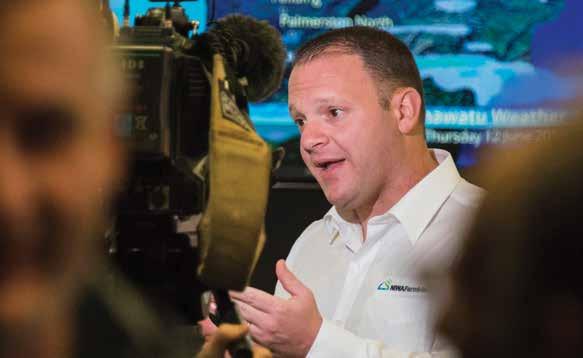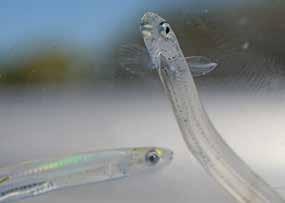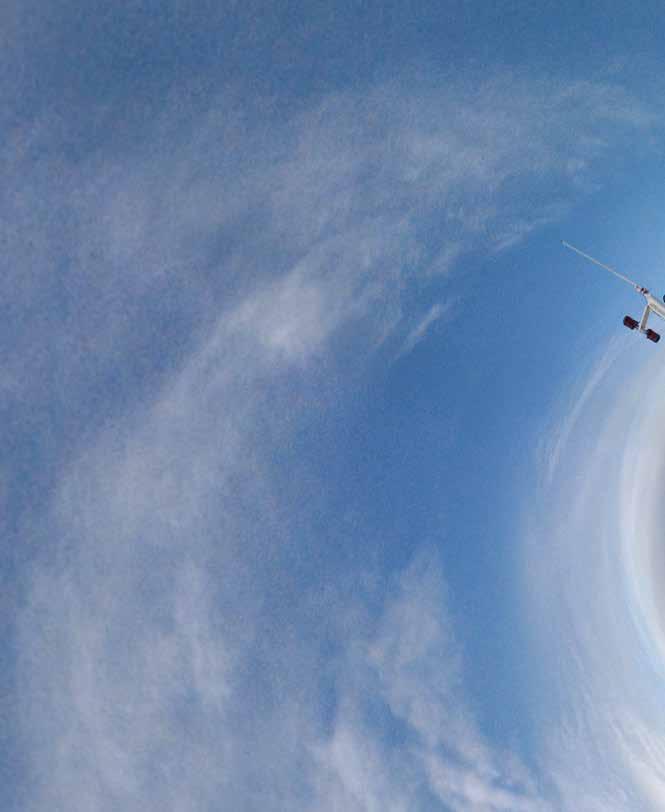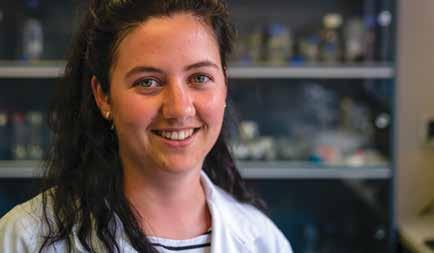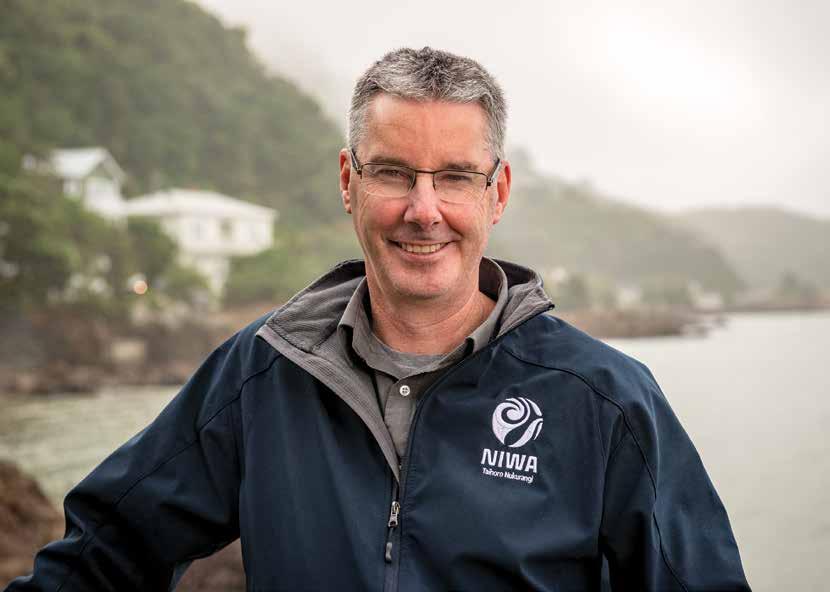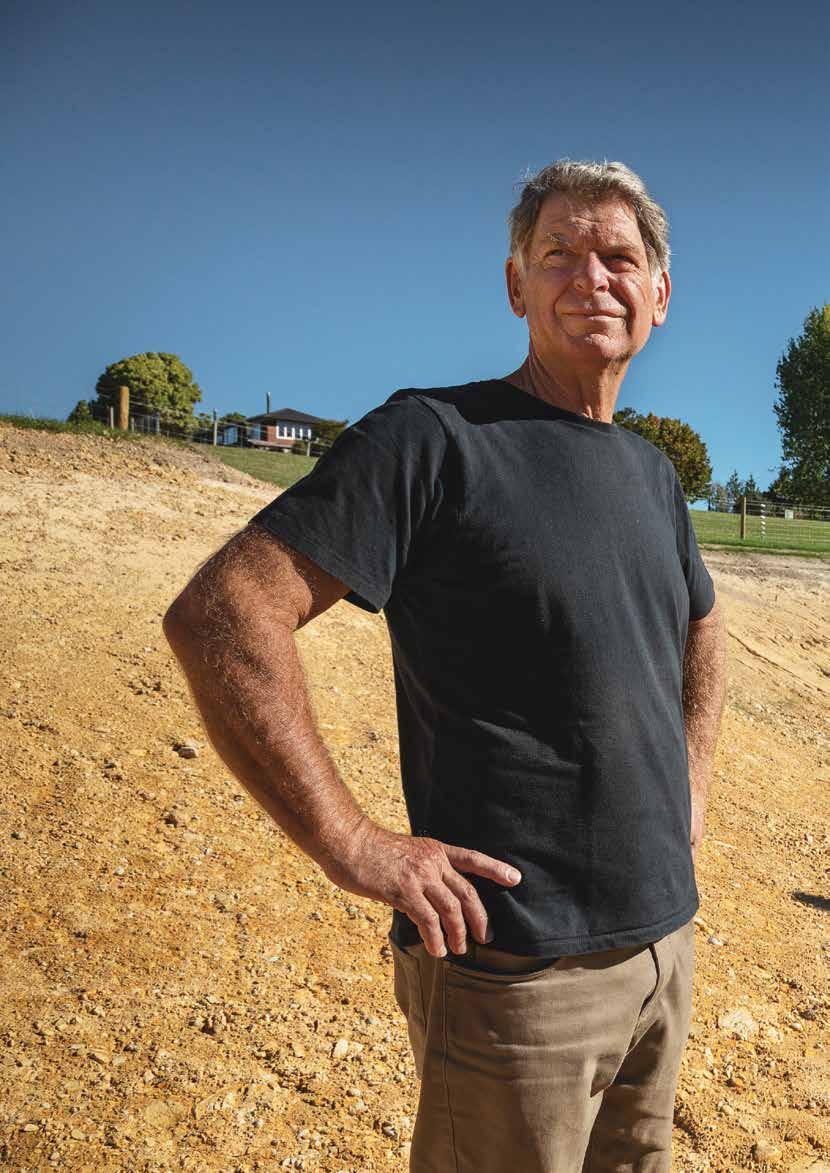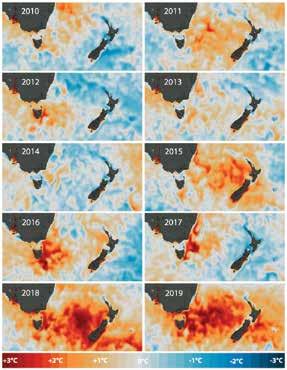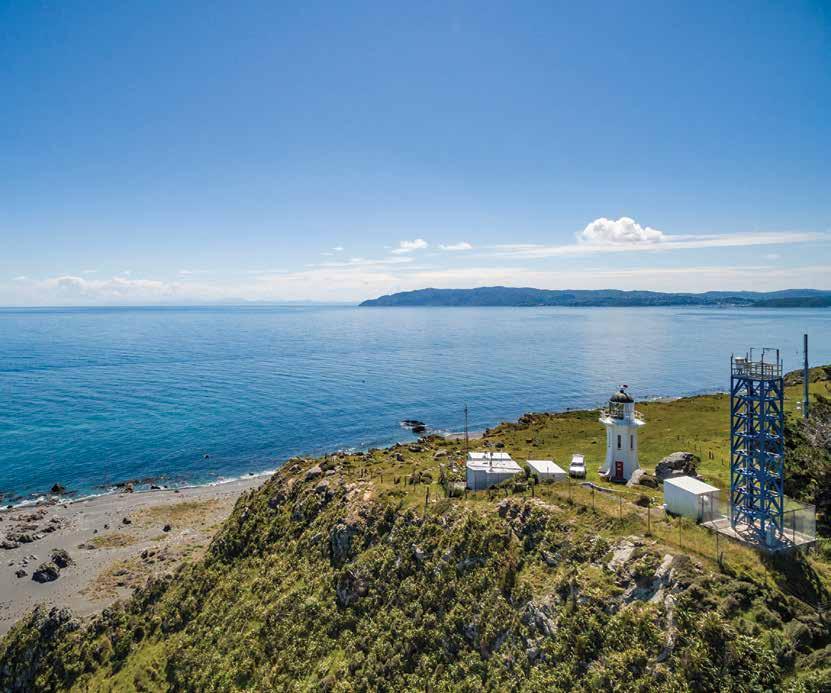
6 minute read
News in brief
NIWA CEO John Morgan, left, seals the deal with Emirates Team New Zealand head Grant Dalton. (Stuart Mackay)
NIWA signs with Team NZ
Advertisement
Emirates Team New Zealand has welcomed NIWA onboard to provide marine dynamics and high resolution forecasting expertise for the 36th defence of the America’s Cup in Auckland in 2021. Under an agreement signed last month, NIWA scientists and forecasters will work closely with the cup defence team over the next two years to provide technical information for the design of the new AC75 racing yacht as well as vital race-day forecasting services. NIWA’s Maui supercomputer – the largest in New Zealand – will help in providing high performance analysis of ocean currents and detailed course forecasts. Chief Executive John Morgan says he is delighted to see NIWA’s scientific expertise joining Emirates Team New Zealand’s campaign to defend the Auld Mug.
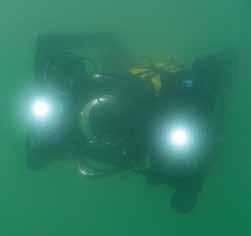
Leopard seal scat goes global
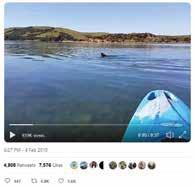
In February this year, a USB stick was extracted from a leopard seal poo sample – known scientifically as scat. The scat had been stored in a NIWA freezer for almost a year. Scat can tell NIWA researchers what these endangered Antarctic predators are eating, how healthy they are and how long they may have been in New Zealand waters. Remarkably, the USB stick not only worked, but also contained detailed footage of sea lions playing in The Catlins. NIWA shared the footage online and in the media in a bid to track down the owner of the USB stick and find out more about the leopard seal’s movements. The story went viral, with the video viewed over a million times on Twitter and the unusual discovery covered by media agencies worldwide. The owner of the USB stick was also quickly tracked down.
Stuart Mackay
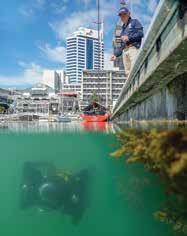
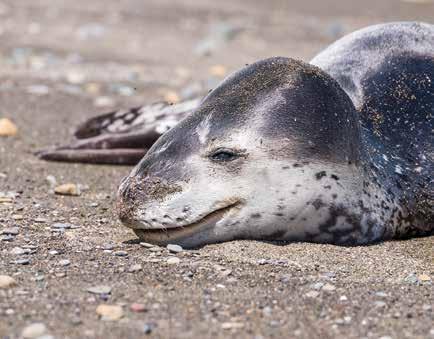
Bring in the robots
NIWA scientists are pioneering new underwater drones to help inspections for introduced species in ports and harbours around New Zealand. Invasive species can easily attach themselves to foreign vessels and enter our waters undetected. NIWA is contracted by the Ministry for Primary Industries to check the country’s high-risk ports or harbours for unwanted marine guests. Murky, cramped conditions make some checks dangerous for divers, so NIWA is testing underwater drone cameras, called remote operated vehicles (ROVs), to bolster marine surveillance operations.
NIWA dives deep with James Cameron
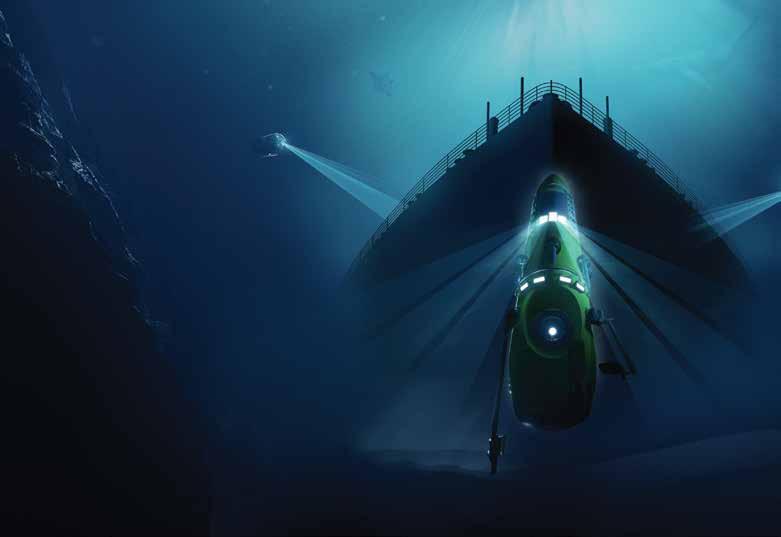
NIWA has partnered with Otago Museum to present the internationally-acclaimed exhibition: “James Cameron – Challenging the Deep”. The immersive media exhibition takes visitors on a journey with explorer and filmmaker James Cameron, from the deepest parts of the ocean to some of his Oscar-winning feature films. It includes his record-breaking dives in the ‘Deepsea Challenger” submersible and science platform he designed and built, and shows how his curiosity for understanding and exploring our oceans has shone a light on some of the least known places on earth. The exhibition, which includes cinema-scale projections, artefacts and specimens from his expeditions, opens in Dunedin on 20 July and runs through to February next year. NIWA is the museum’s principal partner in the event and will feature displays focused on its marine research and technology.
Coast rains supreme

On 26 March, a state of emergency was declared in Westland as torrential rainfall and strong winds battered the region. NIWA recorded 1086mm of rain in 48 hours at the Cropp Waterfall weather station, near Hokitika – a new national record for rainfall measured over a two-day period. The deluge that hit the Coast over that 48-hour period delivered just under the total rain Auckland averages over a full year. Forecasters say the intense downpour was caused by a potent mix of an atmospheric river streaming south west from Australian cyclones, fuelled by extra energy from the Tasman Sea marine heatwave.
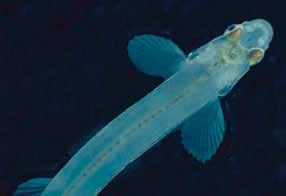
Whitebait swim for science
A NIWA lab in Hamilton is hosting a freshwater fish Olympics of sorts – and the name of the game is endurance. Freshwater specialists want to know how long different whitebait species can swim at certain speeds and how much variation there is among the same species. There are five species of whitebait that travel up-river from the sea. Manmade obstacles, such as dams and weirs, disrupt their breeding journey and pose one of their biggest threats. NIWA scientists want to design better tunnel structures to help the small fish make it to their breeding sites.
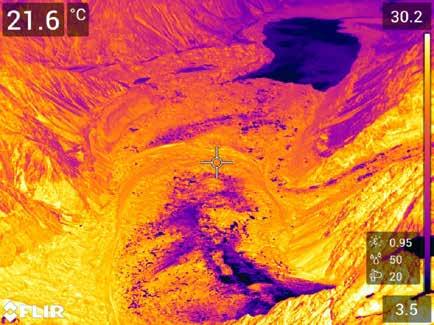
A blue ring around the eye indicates this longfin eel is ready to migrate. (Stuart Mackay)
Looking down the Tasman Glacier’s debris-covered terminus to Tasman Lake. Bright colours show warmer temperatures while dark areas are cool – the surface temperature of debris on the glacier registered 21.6°C. (Andrew Lorrey)
Thermal images pinpoint glacier hot spots
Thermal images taken during this summer’s South Island glacier aerial survey graphically reveal how heat in the surrounding landscape affects the ice. Every year, NIWA’s aerial survey records the snowline altitude of up to 50 glaciers across the South Island, photographing the summer melt to record changes over the previous 12 months. A thermal imaging camera used this year clearly reveals hot layers of rock and debris covering some glacier surfaces and near-by mountainsides. NIWA climate scientist Dr Andrew Lorrey says the effect is much like the glacier being surrounded by an electric blanket. “These debris layers can be really warm and the surrounding rocks and cliffs can be up in the high 20°Cs to about 30°Cs.” This unique survey now spans 41 years and this year’s results confirm the glaciers’ ongoing retreat.

Jewel squid (Stigmatoteuthis hoylei). (Rob Stewart)
Coming up from the deep
A number of new squid and octopus species have been identified after a voyage to the Kermadec Islands by scientists aboard NIWA’s research vessel Tangaroa. One hundred and fifty specimens were collected from deep waters near the islands and later analysed by researchers from Auckland University of Technology. Thirteen specimens have never been found in New Zealand waters, and at least three appear new to science. The discoveries broaden knowledge of marine biodiversity around the Kermadecs, which include a chain of seamounts and the second deepest ocean trench in the world.
Tagging along with tuna
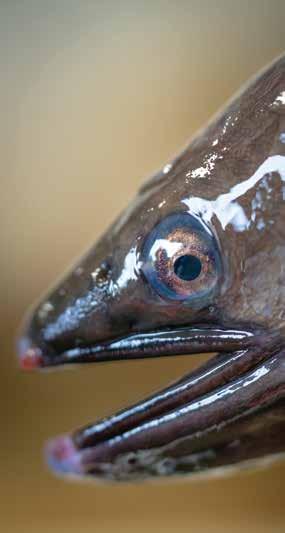
Freshwater ecologists have turned to sophisticated new satellite tags in a bid to find out exactly where New Zealand’s tuna (longfin eel) go to breed. At up to 2 metres long, and with a life span of well over 50 years, tuna are the largest and longest-lived of the world’s freshwater eels. Early tracking attempts show mature females swim hundreds of kilometres northwest into the Pacific to breed. But precisely where they migrate to, along with many other details about their spawning, remains a mystery. Last month NIWA researchers, working alongside iwi and Danish tagging specialists, attached satellite pop-up tags to 10 tuna, releasing them back into the Waikato rivermouth. The tags are programmed to detach and return to the surface after five to seven months, transmitting back vital information about the eels’ journey, including details about ocean depth, light and temperature.

